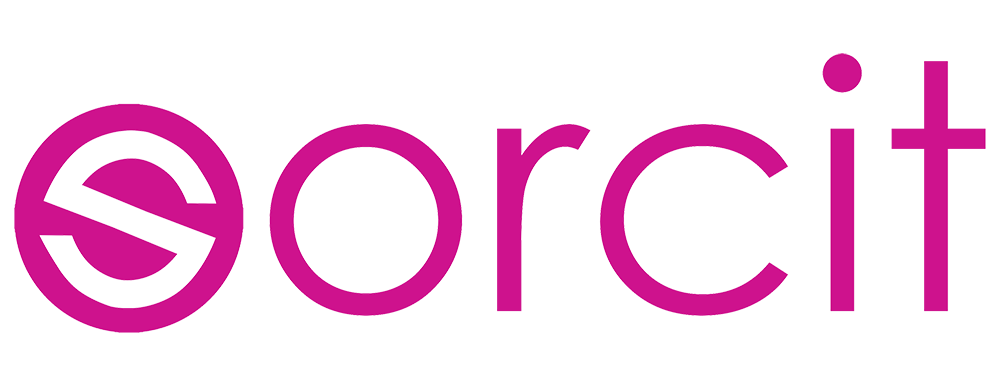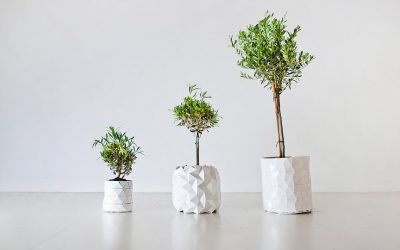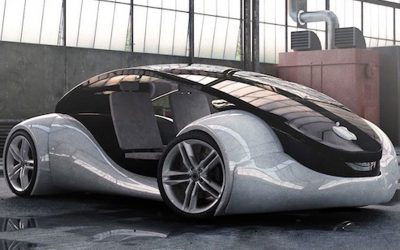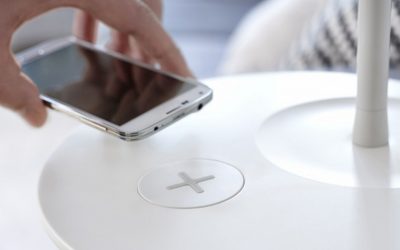David Fannin and Shaun Moore are the founders of Sorcit. They work as consultants for product designers and people with the next bright idea; looking for a route to market. Advising on everything from sustainability, manufacturers, materials and even marketing, Sorcit have worked on over 300 diverse projects, including with charity Help for Heroes, SLAM design, Cheeky wipes, Luckies and Pet Rebellion.
Here they explain their passion for great design.
*How did you get into design?
[David] Having worked for two major retailers in their technical departments, but having studied Product Design, I wanted to be more involved in product development and manufacture. This led me to work for a UK importer that designed products for UK distributors & retailers which were manufactured through their partner office in Hong Kong. Everything was produced in either China or India. 10 years ago, I decided I wanted to do it for myself and set-up Sorcit!
(SHAUN) I graduated with a degree in Product Design with Marketing, and was lucky enough to be selected for NEW DESIGNERS show in London. I was actually employed by David in my first product design role for the same importer. The role was very much like my university course, and I have been involved with product development ever since.
*What do you think are the major trends in design today?
[David] It depends what area of the market you are looking at, but anything to do with sustainability is very important. Just look at what is happening with cars. One day we could be looking at a world with electric-only powered vehicles. I believe wind, solar, waves and other natural “clean” resources will be the “power generators” of the future! Another area to watch out for is 3D printing. One day we will be printing many of our own products, to our own designs. Personalisation is a growing trend and already proving popular in many areas of the consumer product world.
*How do you see product design evolving?
[David] New materials and finishes which allow you do things we could never have imagined before or are even possible. Super lightweight, super strong, self-cleaning, self-repairing – these are all material properties which are starting to emerge and I am sure many more to follow.
(SHAUN) There is, and always will be an emphasis on waste reduction, Eco, sustainability, and we, as manufacturers, see it already with our clients. Gone are the days where disposable was OK. People’s buying habits are changing, and the waste factor has affected this dramatically. Consumers are buying ‘better’ so they buy once, a better product and expect it to last. Online sales will also drive design changes, like the amount of packaging used, as products come off shelf and into brown cartons. Amazon is a perfect example to illustrate how shopping is changing, and it will have an impact on design and product development.
*What do product designers ask you first, when they come to you with an idea?
[David] Most people think they are the 1st to dream up their great invention, but the reality is very different. I always say to new customers, have you “Googled” your idea to see if it already exists in the market and although many have, you would be surprised by the numbers who haven’t. It is so important to do thorough market research on your product before you invest considerable time, effort and money into a new product.
(SHAUN) Generally it’s not a designer that approaches us with their ‘ideas’. It tends to be two types of people. The first is more ‘joe public’ that have worked in that industry, identified a problem, and then had a solution; but no NPD experience to develop the product and take it to market. The second, are established businesses that want to increase volumes, have cost savings and want to use Far East manufacture as a way to do that. Both ask very different questions but ultimately want the same thing at the end of the process!
*What have you found are the secrets to successful design?
[David] Simplicity, good branding, packaging and a focused approach. However, you may have a great design or idea, BUT, unless you have a route to market and the right sales channels, the product will be just be “another” product which sells in moderate numbers. This is the biggest challenge to making your product a success!
(SHAUN) I think David is right, but I supposed ‘success’ is in the eye of the designer/creator, and how they deem what success is. ‘A’ individual may be more than happy just selling a few products, but they have been successful in going through the process of product development, yet other want to be millionaires from the first idea. James Dyson is a great example. I think patience and determination are two key attributes to successful design. Dyson is a world leading brand, yet it took him some 20 years to get to this level, and many knock backs along the way.
Find out more about Sorcit at www.sorcit.co.uk
Fancy reading some more?
The incredible growing plant pot
Graduates from the Royal College of Art have designed this plant pot that grows with your plant.
read moreApple’s Project Titan hires automotive veteran
Apple’s bringing together a team of experts for Project Titan, it’ll be fascinating to see what they build.
read moreSorcit explores the rise of furniture that helps you recharge
At Sorcit we know the way we use technology has changed in the past decade but to what effect?
read more


